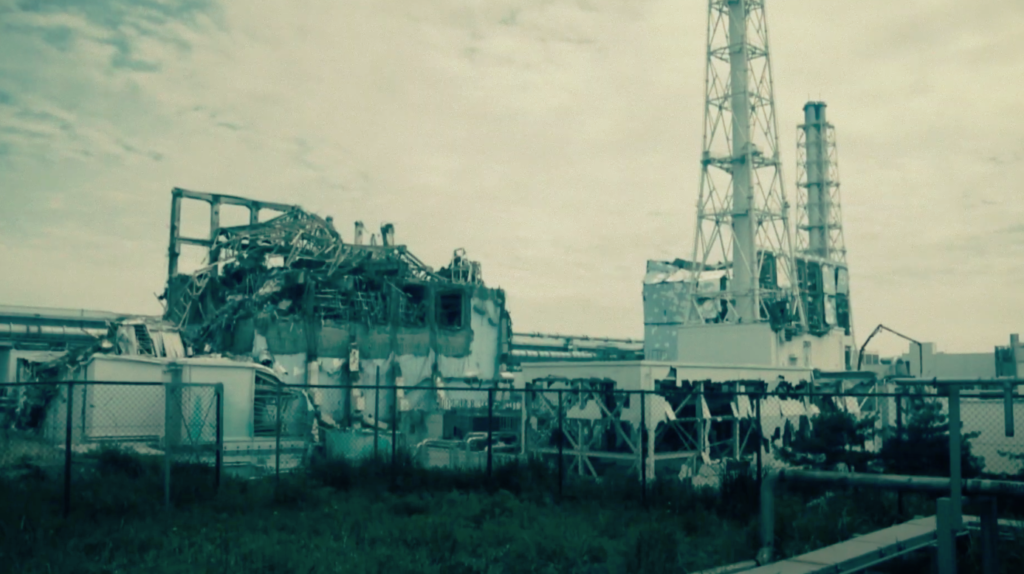
Beijing/Tokyo/Vienna: China today joined the Pacific Islands Forum (PIF) to criticise Japan’s decision to release more than a million tonnes of water into the sea from the Fukushima nuclear plant around spring or summer this year.
Since the accident in March 2011, water is needed to continually cool the melted fuel and fuel debris at the Fukushima Daiichi Nuclear Power Station (NPS). In addition to the water pumped in for this purpose, groundwater also seeps into the site from the surrounding environment, and rainwater falls into the damaged reactor and turbine buildings. When water comes into contact with melted fuel, fuel debris and other radioactive substances, it becomes contaminated. The contaminated water is then treated through a filtration process known as the Advanced Liquid Processing System (ALPS) to remove most of the radioactivity before being stored.
Currently, contaminated water produced at the Fukushima Daiichi NPS is treated and stored on-site in specially prepared tanks. The Tokyo Electric Power Company (TEPCO), the plant operator, has installed roughly 1000 of these tanks at the Fukushima Daiichi NPS site to hold around 1.3 million cubic meters of treated water (as of June 2, 2022). Since 2011, the volume of water in storage has increased steadily, and the current tank space available to store this water is nearing full capacity.
In April 2021, the Government of Japan issued its ‘Basic Policy’ outlining a direction to dispose of ALPS-treated water through controlled discharges into the sea to be started in approximately 2 years, subject to domestic regulatory approval. Soon after, the Japanese authorities requested technical assistance from the International Atomic Energy Agency (IAEA) to monitor and review the plans and activities related to the discharge of ALPS-treated water to ensure they will be implemented in a safe and transparent way. The IAEA Director General set up a Task Force to provide Japan and the international community with an objective and science-based safety review.
The operator, TEPCO, has claimed that after treatment, the levels of most radioactive particles meet the national standard. However, ALPS is not able to remove tritium from the contaminated water and TEPCO too conceded that the level of tritium was above the national standard.
Most nuclear power plants around the world routinely and safely release treated water, containing low-level concentrations of tritium and other radionuclides to the environment as part of normal operations. The regular practice in nuclear installations is the authorized and controlled discharge of tritiated water into nearby water bodies, such as rivers, lakes or coastal areas, closely monitored by the operators and regulators to ensure safety. The IAEA Safety Standards include guidance on the authorization of discharges to the environment.
With regard to tritium, the IAEA claims that it may present a radiation hazard if inhaled or ingested but is only harmful to humans in very large doses.
The IAEA’s involvement is a critical element for demonstrating the accuracy and validity of data being reported by Japanese authorities related to the discharge of ALPS-treated water and therefore building confidence in the overall IAEA safety review.
The initial results of the IAEA’s corroboration activities will be made available in 2023 before the planned discharges of the ALPS-treated water begin. However, the results and conclusions of the IAEA’s review are not legally binding on the Government of Japan but will be helpful in informing the international community and supporting an overall goal of enhancing transparency.
The neighbouring countries have voiced concern.
“The marine environment concerns the interests of the entire international community,” Chinese foreign ministry spokesperson Wang Wenbin told journalists in Beijing today. China warned that discharging nuclear-contaminated water into the ocean was “by no means a domestic affair for Japan”. It claimed that the “self-serving” decision of the Japanese government to push through the ocean discharge plan in disregard of extensive concern and strong suspicion from both within the country and the wider world “will certainly” lead to opposition and criticism from all quarters.
Wenbin noted that a director from the Asian Century Philippines Strategic Studies Institute said that the Japanese government’s unilateral discharge plan is against international environmental law. Besides, a director from the Korean Federation for Environmental Movement too pointed out that the discharge – if it goes ahead – will set a very negative precedent; if Japan is allowed to release nuclear-contaminated water into the ocean for an extended period of time, does it mean it is acceptable to dump all radioactive substances into the ocean? A top researcher from the Shirshov Institute of Oceanology of the Russian Academy of Sciences noted that the nuclear-contaminated water that Japan plans to discharge contains a huge amount of radioactive substance that cannot be completely filtered by existing technology and is highly hazardous.
“It is particularly regrettable that the Japanese government and the Tokyo Electric Power Company had pledged not to dispose of the nuclear-contaminated water without the understanding of relevant parties, and yet they are now going back on their words and insisting on going ahead with this plan,” Wenbin said.
Earlier, the Secretary-General of the Pacific Islands Forum (PIF), Henry Puna, had noted that the Japanese government had pledged that they would stay in communication with the PIF on this matter and that the PIF would have access to all independent scientific and verifiable scientific evidence. He said that so far, Japan was not cooperating and was breaking the commitment. He emphasized that the region is steadfast in its position that there should be no discharge until all parties verify that such a discharge is safe.
“We urge the Japanese side to take seriously the legitimate concerns and strong call of its citizens and the international community, honour its commitments, seek a science-based, open, transparent and safe way to dispose of the nuclear-contaminated water, and stop the irresponsible act of forcibly discharging the nuclear-contaminated water into the ocean,” Wenbin said.

It may be mentioned that the earthquake and tsunami initiated a severe nuclear accident at the Fukushima Daiichi nuclear plant on March 11, 2011, Three of the six reactors at the plant sustained severe core damage and released hydrogen and radioactive materials. The explosion of the released hydrogen damaged three reactor buildings and impeded onsite emergency response efforts.
– global bihari bureau





